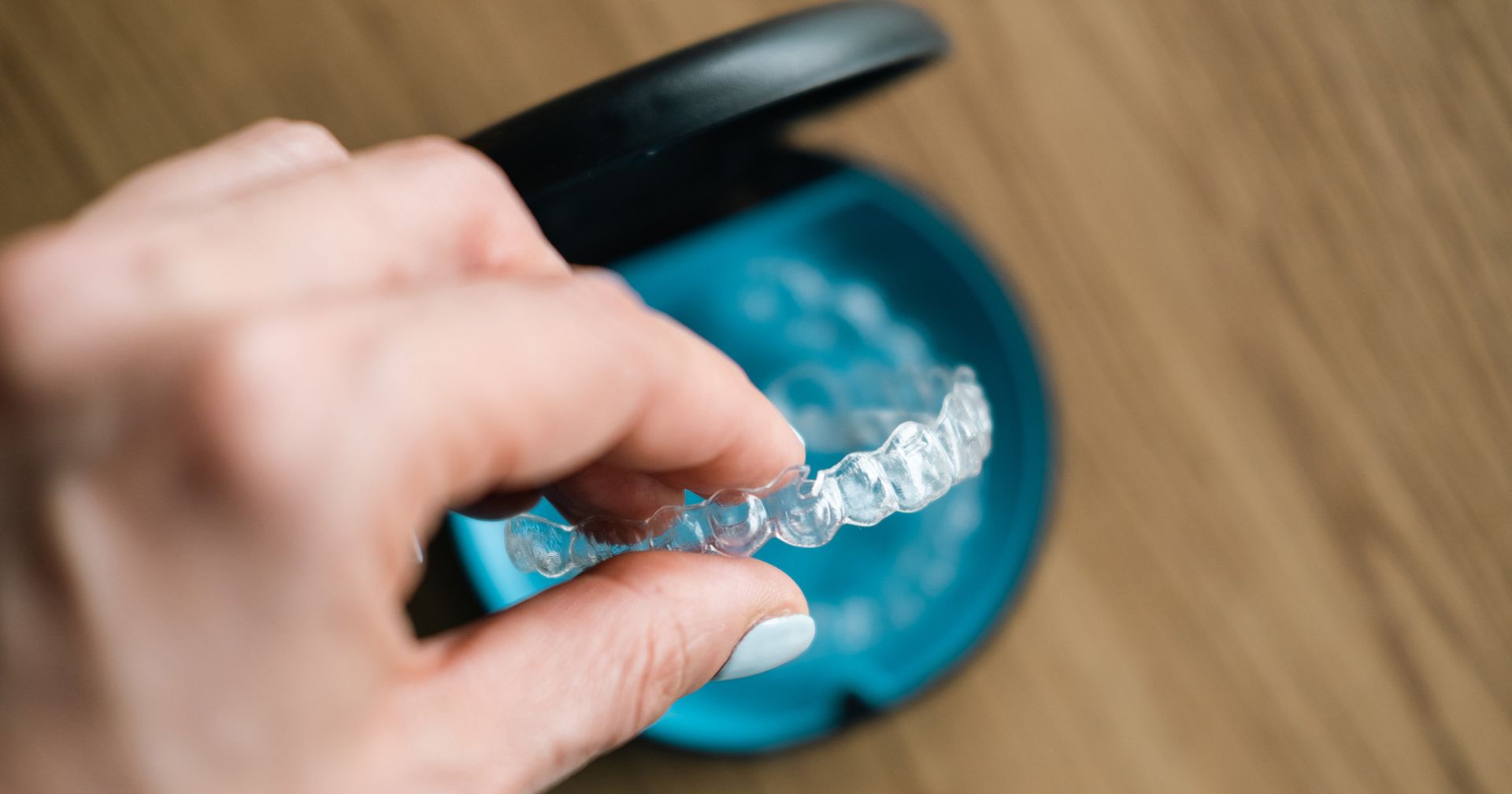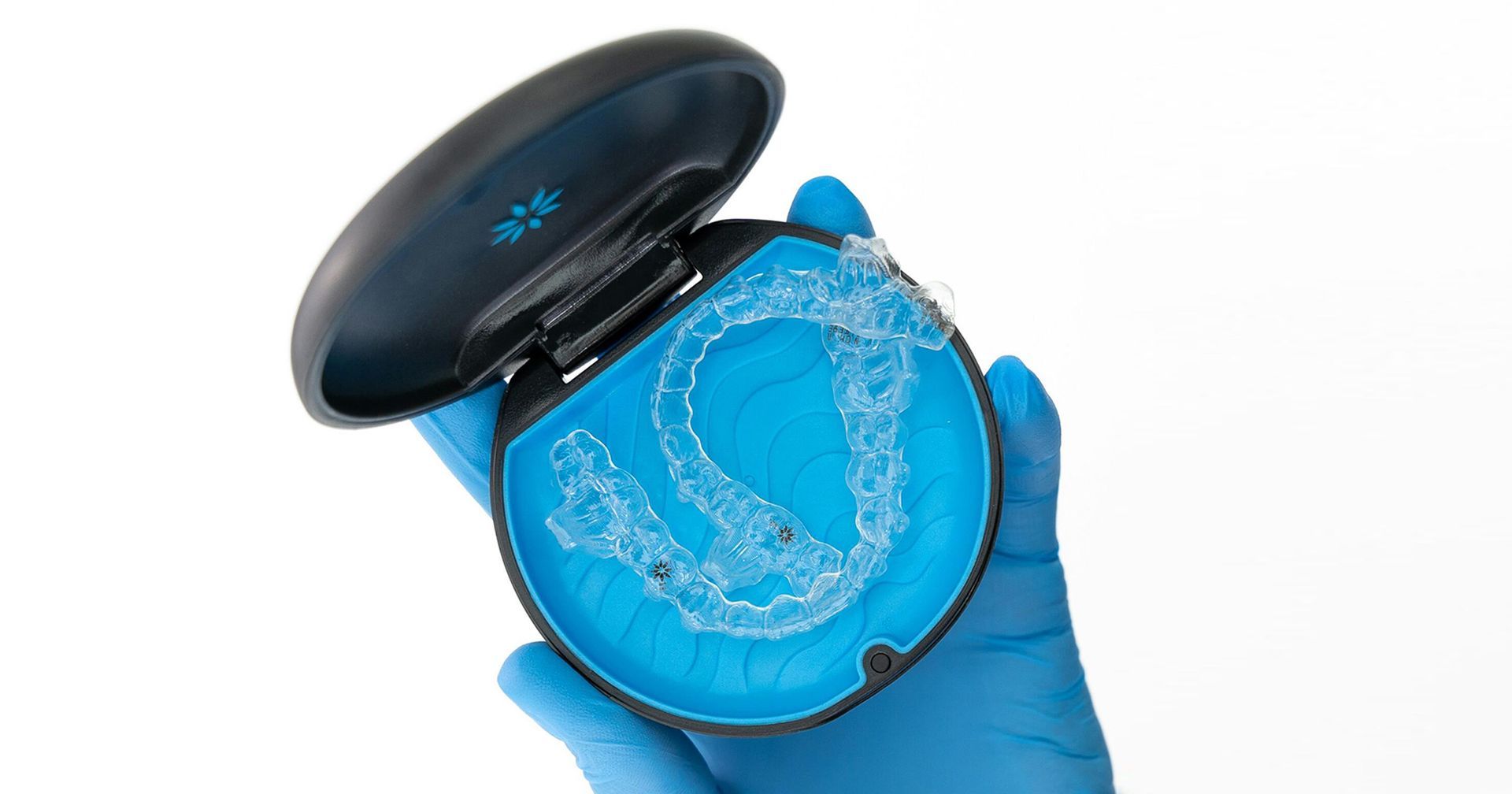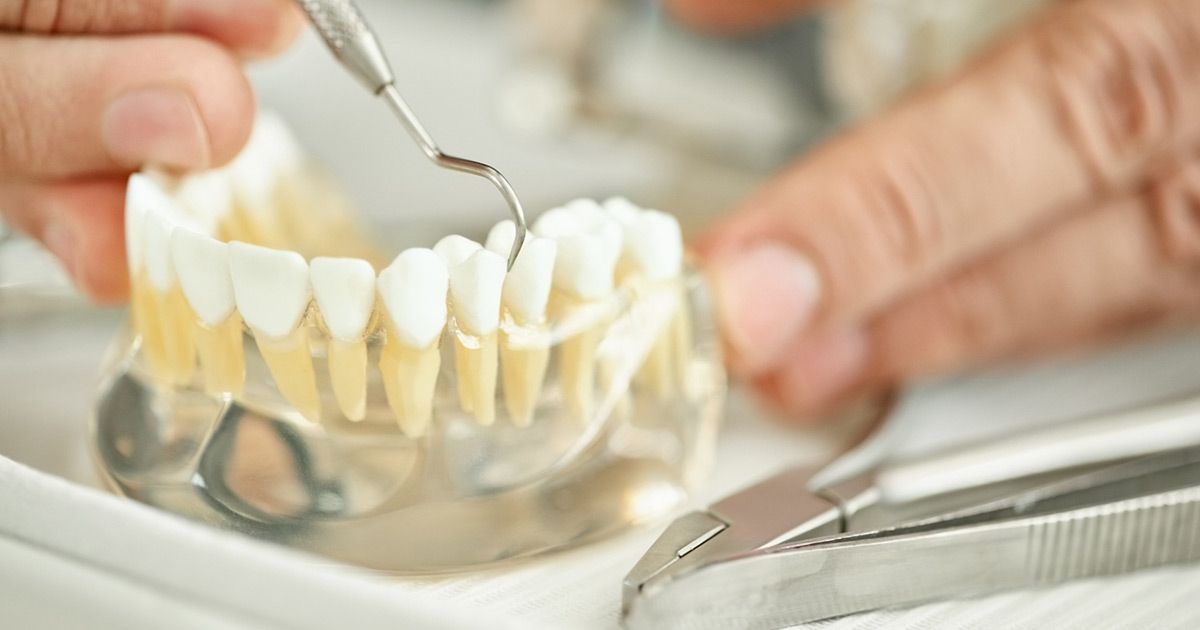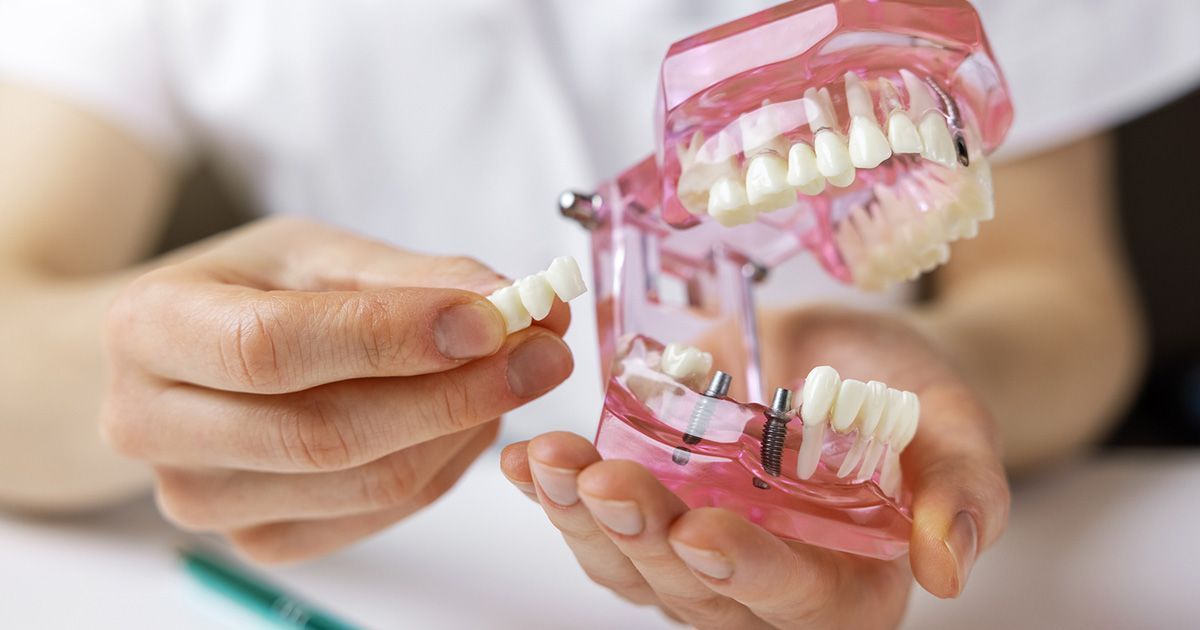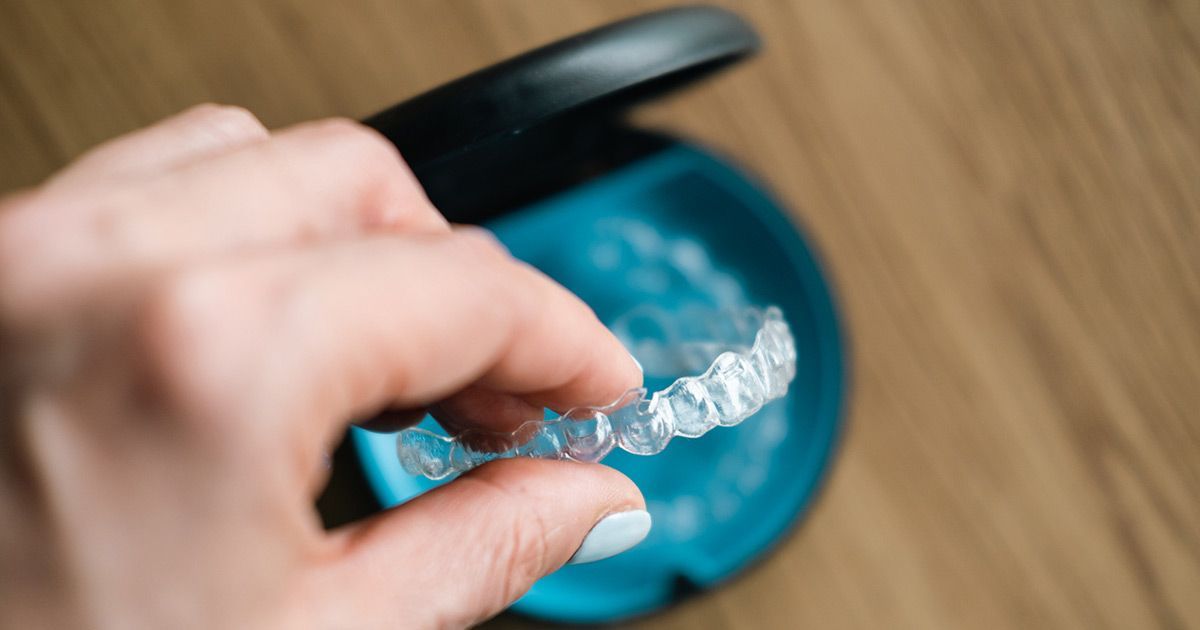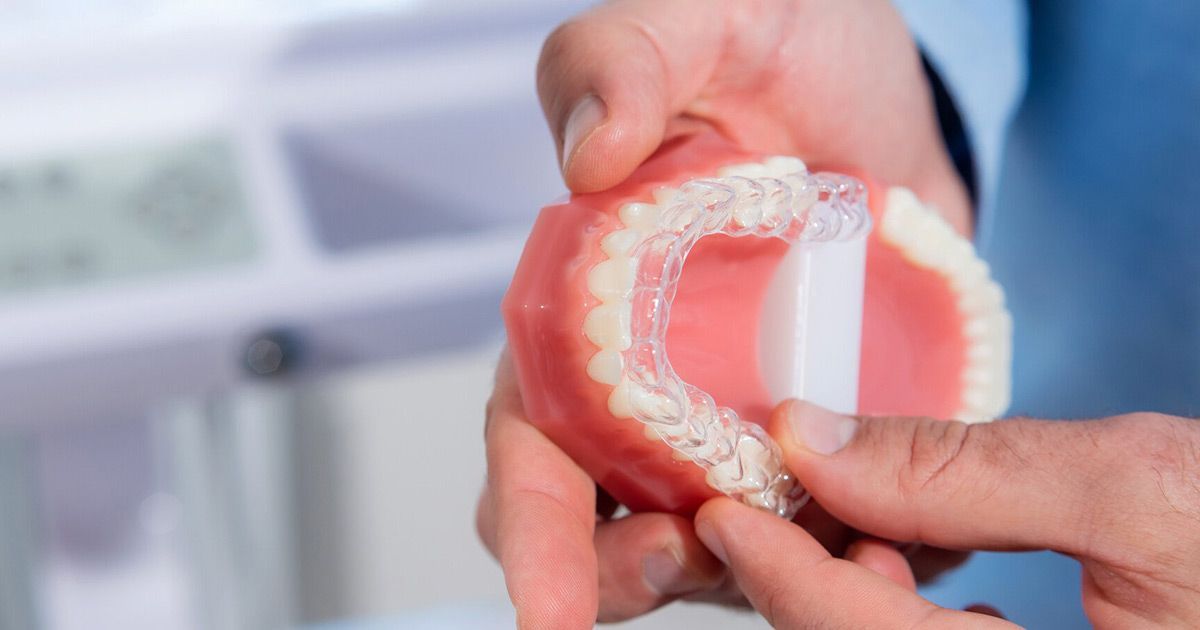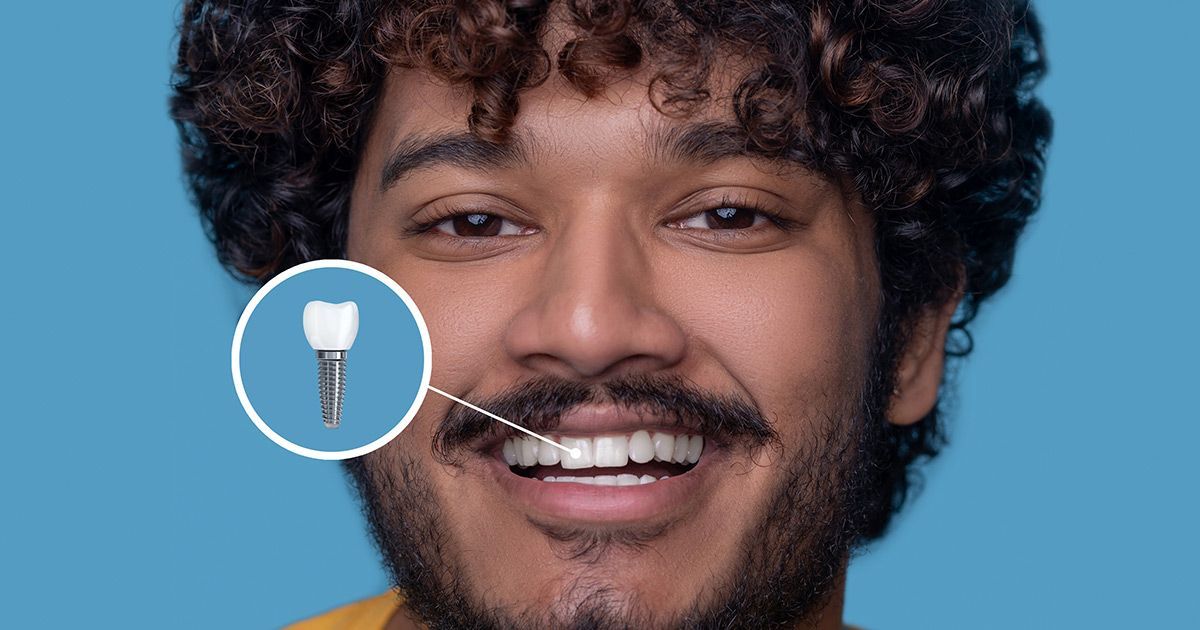A Complete Guide on What to Expect From Your Dental Crown Procedure
Dental crowns have a big impact on your smile. We answer the preparation questions you need to know such as "How long does a crown take, and is it painful?"
If you're self-conscious about your smile, you're far from alone. Research suggests that over half of all U.S. adults feel uncomfortable about the look of their smile. Many respondents even admitted to hiding their teeth when grinning or laughing!
That's why dental crowns can be such small but powerful tools. Hiding damaged teeth behind a crown is a great way to restore both your smile and your self-confidence in one fell swoop.
If you're considering this procedure, you likely have questions. How long does a crown take, and what should you expect from the process?
Here at
Smile On Us, we field questions like this all the time, and we're happy to answer them! Read on for a quick look at the basics of this procedure.
How Long Does a Crown Take?
The timeline for your dental crown can vary. Your dentist may recommend a multi-day procedure or a same-day procedure.
Multi-Day Procedure
With a multi-day procedure, it takes two or more appointments to get a dental crown.
During the first appointment, your dentist will examine and prepare your tooth for the crown. During the second appointment, your dentist will place the crown over your tooth.
From start to finish, the process may take a few weeks, as your dentist will have to wait for your custom crown to come back from a dental laboratory.
Same-Day Procedure
With a same-day procedure, your dentist will create the crown themselves. You may have to wait a few hours for the crown to be finished, so they may ask you to leave the office and return for a later appointment.
Total Time Spend
No matter which option your dental clinic offers, you can expect to sit in the dentist's chair for around two to three hours in total. Both appointments will take anywhere from 60-90 minutes. If your oral needs are complex or you're getting crowns on multiple teeth, this timeline may be a little longer.
What Happens During the Prep Appointment?
Let's dig deeper into the steps for the initial appointment. The goal of this appointment is to check your dental needs and prepare your tooth for the crown. Here's what you can expect.
Initial Consultation
During this appointment, your dentist will talk to you about your aesthetic goals. They'll also explain your treatment options, go over your preferences for anesthesia and sedation, and lay out the next steps before they do any work on your teeth.
You'll also have the chance to choose from several different crown materials, including ceramic, zirconia, and porcelain crowns. Your dentist may have recommendations based on the tooth's location and your oral health, but they will also want your input.
Tooth Exam and Preparation
To begin the procedure, your dentist will do a thorough exam of your tooth and the soft tissue around it. They'll look at its structural integrity and check for signs of decay. To do this, they may need to take X-rays or other imaging.
Next, they'll prepare your tooth for the crown. This involves numbing the area around the tooth before removing some of its enamel. They may use a laser, a high-speed handpiece, or other specialized tools to file down the surface of your tooth.
The result is a smaller, thinner tooth. By shaving down some of the tooth's outer layer, your dentist creates space for the crown.
Tooth Impression
Next, it's time for an impression of your trimmed tooth. Your dentist may use dental putty or a computer-aided design/computer-aided manufacturing (CAD/CAM) system. This helps them generate a 3-D model, which is essential for creating your custom crown.
Temporary Crown Placement
If you're getting a multi-day procedure done, you will wait two to four weeks after your tooth preparation appointment. This allows enough time for the fabrication of your custom crown.
In the meantime, your dentist will create a temporary crown for you to wear before you leave the initial appointment. This helps protect your trimmed tooth and keeps you comfortable.
However, because the adhesive is easy to remove, you'll need to be careful with this short-term crown. Be gentle when eating and brushing, as forceful movements may dislodge it.
What Happens During the Crown Placement?
The crown placement procedure is often shorter than the first procedure. You can expect the following steps:
Checking the Fit
Once your new crown has come in from the lab or your dentist has finished creating it, it's time to place it on your tooth.
Your dentist will clean and prep your trimmed tooth. They'll then check the fit of the crown to ensure your comfort.
Cementing the Crown
When they're sure of a proper fit, they'll cement the crown in place. After the use of a special light to help it set, dental cement creates a strong, permanent bond.
Fine-Tuning the Surface
After the cement has hardened, your dentist may file away any excess cement. They'll polish the crown to smooth the surface, preventing any rough surfaces from irritating your mouth or gums.
Your dentist will also check your bite. They may file down a bit of the crown's upper surface, especially any incisal edges, to ensure proper alignment. Once this is done, your tooth replacement is complete!
Care Instructions
Last, your dentist will offer care instructions for your crown. Often, you'll need to follow the same oral hygiene recommendations as you do for your other teeth. This includes regular brushing and flossing.
Your dentist may also recommend avoiding certain types of foods. Hard, crunchy, or chewy foods may damage your crown.
Enhance Your Smile Today
Now that you've stopped asking yourself questions like "How long does a crown take?" it's time to benefit from this simple procedure! Permanent dental crowns are great ways to protect your oral health and enhance your smile, so ask your dentist if they're right for you.
If you're ready to take the next step toward a beautiful, long-lasting smile, get in touch with our experienced team. At Smile On Us, we're proud to be the trusted source of porcelain crowns throughout the Hollywood area. To schedule your consultation, call us today at (954) 923-7348.

